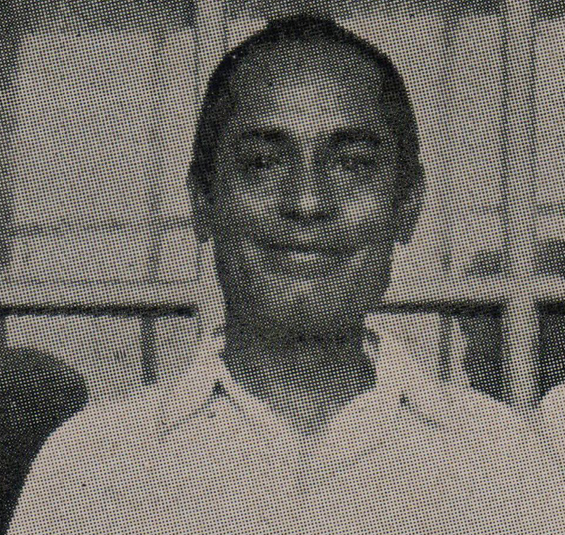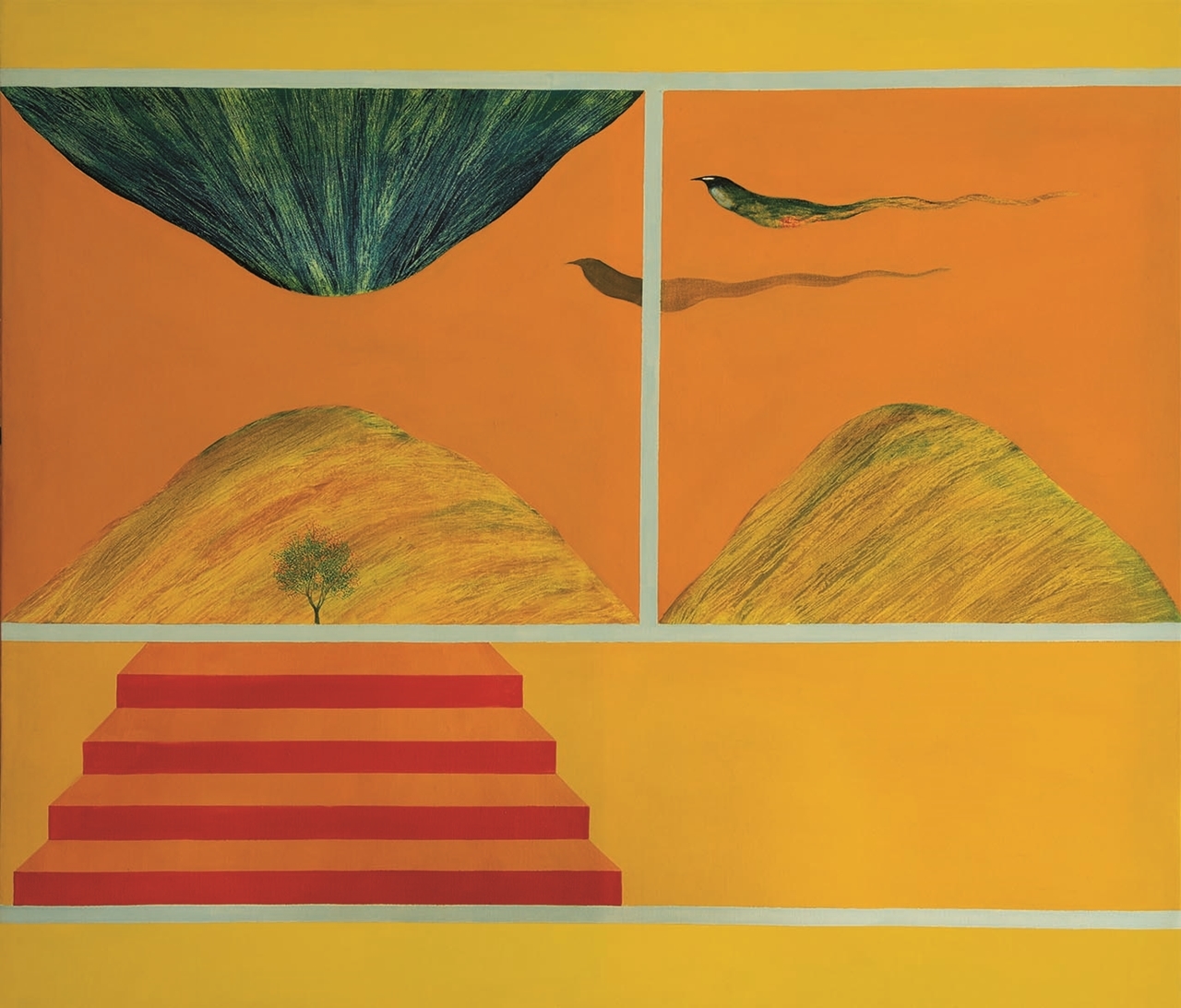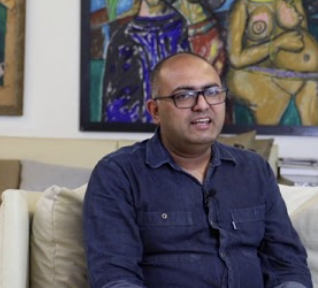Jagdish Swaminathan a devout artist and mentor to many known names in the art fraternity. Swamiji to
me is one of the greatest names in the art world – not only as an artist but someone who brought the
entire art community together. As an activist, poet, art critic, artist and above all a Guru, his
contribution towards Indian Modern Art is unparalleled. The only other artist who has had such a
tremendous impact on an entire generation is Sailoz Mookherjea. Artists from the 1930s & 1940s,
especially those associated with the Delhi Polytechnic, often recollect how he impacted them, inspiring
them to pursue art.

In the generation of artists of the 1970s & 1980s, that role was defined by Swamiji. I hold great pride in
saying that Dhoomimal Gallery and my father Ravi Jain, were part of the journey that enabled Swamiji
to create an environment where not only visual art but all art forms blossomed in every way. There
were regular poetry sessions, musical evenings, seminars, talks, international exchanges between
Western and Eastern artists, and Indian art festivals on global platforms. At the center of all this, there
was one uniting force – J. Swaminathan. I distinctly recall him saying that he may have personal likes or
dislikes, but as a curator he would show all forms of art, free of personal preferences. He was
exceedingly democratic in that sense. One of his greatest contributions was the formation of Bharat
Bhawan in Bhopal and the platform he gave to many tribal artists especially of Gond art. There are
numerous stories about daily wage labourers or clerical personnel being inspired by him to become
artists. He saw art in everything and encouraged one and all to take it forward.

As complex and evolved as his thoughts were, his art was that simple. The Bird, Tree and Mountain
Series represent colourful and simple forms of nature. His works were greatly admired and continue to
leave viewers spellbound even today. He started a series called ‘Colour Geometry of Space’ in the 1960s
that captured symbolism and shapes in a specific area, while a larger part of the work would be a solid
colour, mostly done on jute. During the latter part of his life he returned to abstraction, with tribal
motifs and geometrical shapes playing an important part in his works.

However much I talk about Swamiji’s works and their great commercial success, his contribution in
consolidating the Indian visual art scene into a close knit community cannot be highlighted strongly
enough. Despite arguments or disagreements, there was a strong collective vision among artists of
strengthening Indian art – and that vision superseded everything else. Manjit Bawa, Arpita Singh,
Paramjit Singh, Manu Parekh, Madhvi Parekh, Vivan Sundaram; all were touched by his mentorship in
many ways.
.jpg?mode=max)
Interestingly, an eminent Hindi poet told me an interesting fact several years ago – he said that
everyone felt that they were the closest to Swamiji – and indeed, everyone thinking this was not
wrong. I feel that this is such a great quality in a human being. Once, as a child, I was drawing and
painting at the gallery. Swamiji asked me what I was making, to which I promptly replied – a Sukhi
Aadmi (happy man) and a Dukhi Aadmi (sad man), explaining that the one looking up is Sukhi and the
one looking down is Dukhi. Swamiji was so happy, he gave me a hug and told Mom that my drawings
should be preserved and shown to me when I grow up. This was one of my memorable personal
interactions with him. I have heard of innumerable such incidents from artists, children of artists, poets,
photographers, wage workers, his staff or any person who interacted with him – each was uniquely
touched by his personality. Even the eminent artist Krishen Khanna has said that if Swamiji did not say
a single word while entering a room full of 100 people – everyone felt his presence and knew he was
there…..such was his aura.
J. Swaminathan will always be remembered as a catalyst for the art world. I hope his magnanimous
personality continues to inspire future generations of artists – to remind them that though individual
growth is important, the collective evolution and growth of the art community as a whole should be of
primary importance.
Feature image: From left to right: Uma jain, J Swaminathan & Ravi Jain at Dhoomimal gallery| Courtesy: Dhoomimal gallery
Akhilesh witnessed Husain, Raza & Swaminathan, and shines on his own

Owner and Director, Dhoomimal Gallery





